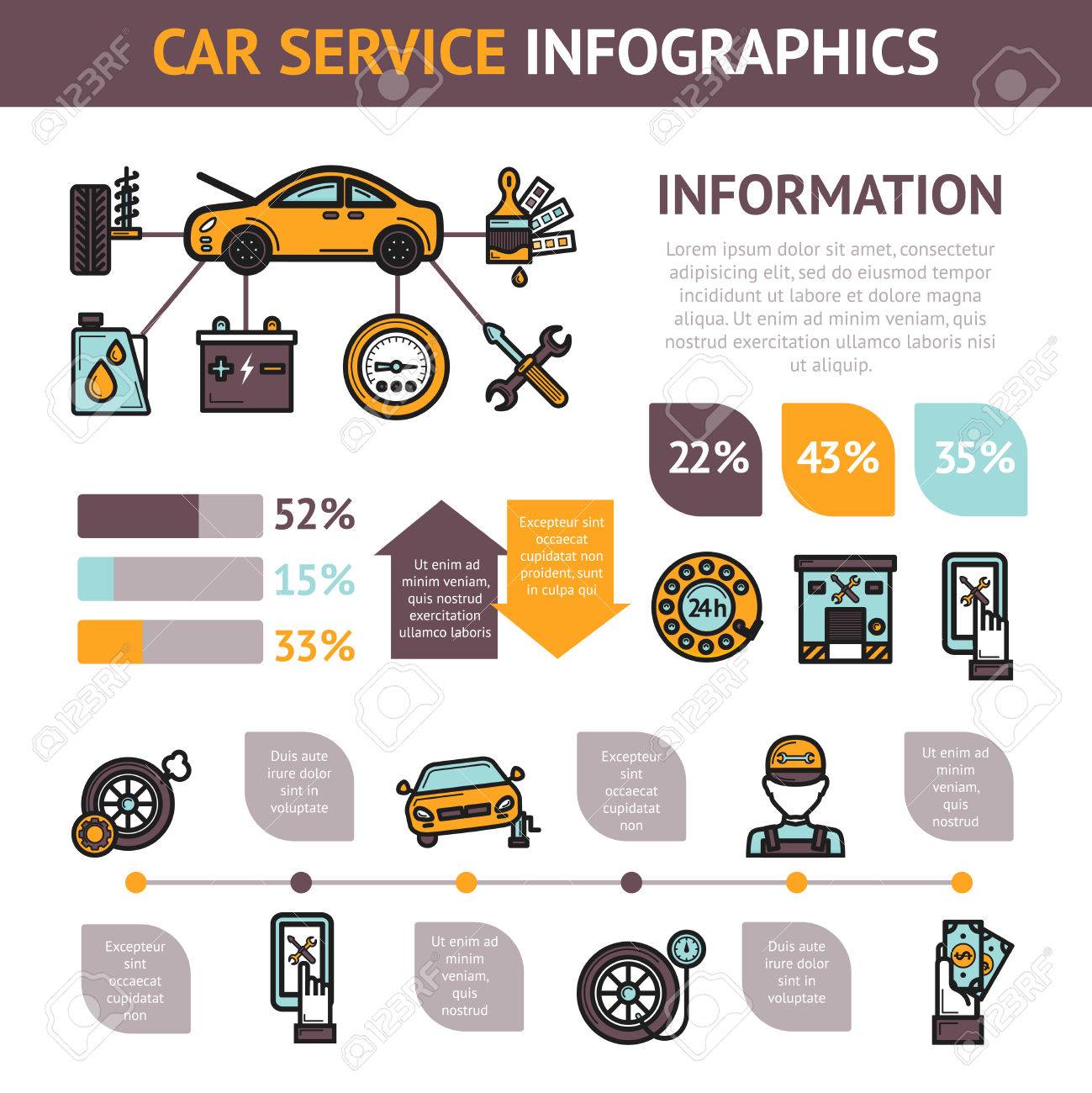Open The Hood To Discover Usual Brake System Problems And Their Solutions, Yet What About Spongy Brake Pedals? Learn The Option Ahead! Find Out More Listed Below
Open The Hood To Discover Usual Brake System Problems And Their Solutions, Yet What About Spongy Brake Pedals? Learn The Option Ahead! Find Out More Listed Below
Blog Article
Team Writer-Flynn Damborg
When it involves your vehicle's brake system, understanding common problems can conserve you from possible safety threats. From determining just click the up coming site to addressing brake liquid leaks, understanding how to take on these troubles is necessary. But what regarding those mushy brake pedals? There's a fix for that as well. Remain tuned to learn iolo system mechanic concerning these problems and the sensible remedies that can maintain you securely when driving.
Brake Pad Use and Replacement
When it involves preserving your car's brake system, one crucial aspect to watch on is the wear and substitute of brake pads. Brake pads are necessary elements that press against the brake blades to decrease or quit your vehicle. With time, these pads wear down due to rubbing, requiring normal assessment and substitute to ensure your brakes operate properly.
To figure out if your brake pads need replacement, listen for shrieking or grinding noises when you use the brakes. Additionally, if your automobile takes longer to quit or you see resonances or pulsations when stopping, it may be time to replace the brake pads.
Overlooking worn brake pads can result in decreased stopping performance, damages to various other brake elements, and even brake failure.
Replacing brake pads is a fairly straightforward procedure for lots of cars. Nevertheless, if you're not sure or unpleasant performing this task, it's finest to speak with a specialist technician to guarantee appropriate setup and optimal brake performance.
Routinely inspecting and changing brake pads is vital for your safety and the longevity of your vehicle's stopping system.
Brake Liquid Leaks and Maintenance
To guarantee your vehicle's brake system works optimally, it's important to additionally take note of brake fluid leaks and upkeep. Brake liquid is critical for transmitting the force from your foot on the brake pedal to the actual stopping system. One typical problem with brake liquid is leakages, which can occur because of scrubby brake lines, seals, or links. If you see a pool or leaks under your car, it's necessary to resolve the leakage without delay to avoid a prospective brake failing.
Regularly inspecting your brake fluid level is essential to maintaining your brake system. Reduced brake fluid can result in air entering the brake lines, which jeopardizes stopping efficiency.
In addition, old or contaminated brake fluid can impact the overall efficiency of your brakes. It's recommended to follow the manufacturer's guidelines on when to transform the brake fluid, typically every 2 years.
Spongy Brake Pedal: Bleeding Brakes
If you've ever before experienced a squishy brake pedal while driving, you understand the relevance of maintaining a company and responsive braking system. One typical cause of a mushy brake pedal is air caught in the brake lines. When air enters the brake system, it can bring about a loss of hydraulic stress, leading to that disturbing mushy sensation when you press the brake pedal.
To solve this problem, bleeding the brakes is required. Bleeding the brakes entails eliminating the air from the brake lines to restore appropriate hydraulic stress.
To bleed the brakes, you'll require an assistant to aid you. Beginning by finding car auto repair on each wheel, typically located near the brake caliper. With https://mariopkezt.blogtov.com/11670510/boost-your-experience-realizing-the-selection-of-services-extended-by-automotive-repair-shops , loosen up the valve and have your assistant press the brake pedal while you observe any type of air bubbles appearing. Repeat this procedure for each wheel, beginning with the wheel farthest from the master cyndrical tube and moving more detailed.
As soon as you no more see air bubbles and just clear fluid arises, tighten the valve and top up the brake liquid reservoir as needed. Hemorrhaging the brakes aids make sure a firm brake pedal and boosts overall braking efficiency.
Final thought
Since you comprehend typical brake concerns and how to fix them, you can ensure your car's safety and performance. Bear in mind to listen for indication like shrilling noises or spongy brake pedals, and address them immediately. Routine upkeep and prompt substitutes are vital to maintaining your brakes in top problem. Keep positive and attentive to your brake system to take pleasure in secure and dependable driving experiences.
